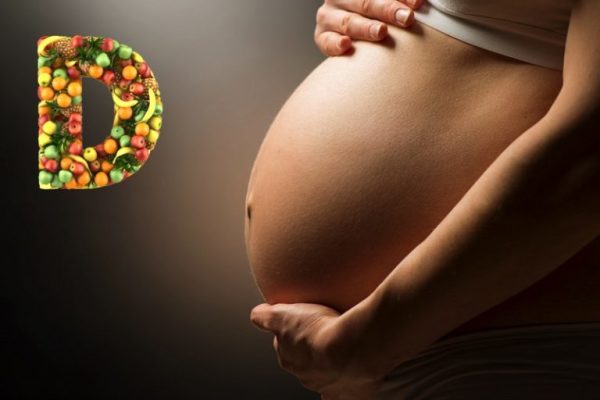Vitamin D in Pregnancy
Vitamin D is taken from plants as ergocalciferol (D2) and from animal foods as cholecalciferol (D3). It is also synthesized from dehydrocholesterol by ultraviolet rays in the skin. Vitamin D, which should be taken at a sufficient level in every period of life, has a vital importance for both mother and baby, especially during pregnancy. The job of vitamin D is to regulate blood levels of calcium and phosphorus. These elements are used during pregnancy to develop your baby's bones and teeth as well as you. If there is a vitamin D deficiency during pregnancy, growth retardation and skeletal disorders can be seen in the unborn baby. We also know that it affects the birth weight of the baby. In the last 3 months of pregnancy, the need for calcium and phosphorus increases for the baby's bone formation. Babies who receive vitamin D deficient during pregnancy may encounter some problems in the long term after birth. These babies are born with low bone density and when they reach the age of 8-9, their bone mass is low compared to their peers. They are also at risk of osteoporosis (bone loss) in the later years of life. The expectant mother is also affected by vitamin D deficiency. The probability of pregnancy poisoning (preeclampsia) and cesarean delivery increases.
The recommended daily vitamin D intake for pregnant women is 4000 IU for expectant mothers who do not have sufficient exposure to sunlight. Simple supplementation is the best way to provide adequate vitamin D. When taking supplements, your choices will be between two forms of vitamin D. Ergocalciferol is the vegetarian form of vitamin D, and ergocalciferol is the animal form, usually derived from fish liver oil or lanolin from sheep. The cholecalciferol form is the most absorbable and usable form for the body, but if you are vegan you should choose ergocalciferol. Naturally, pregnant women should pay attention to the consumption of eggs, milk, yogurt, liver and fish (such as salmon, sardines, mackerel) rich in vitamin D. An egg contains 20, a glass of milk 100, 1 teaspoon of fish oil 400, 100 grams of salmon contains 345 units of vitamin D. Sunbathing is an important source of vitamin D. 2000 units of vitamin D are produced with 15-30 minutes of sunbathing, when the skin turns slightly pink. In a study conducted in our country in 2005, 81.7% of pregnant women and 40% of babies were found to have vitamin D deficiency. Especially in recent years, vitamin D supplementation given as 400 units/day in infants has provided a significant decrease in the rate of rickets. In addition, daily 900 units of vitamin D support is continued from the 3rd month of pregnancy throughout pregnancy and up to 6 months after delivery.
Today, vitamin D deficiency is blamed on the basis of many diseases, and when we look at the blood test, we encounter vitamin D deficiency very often in all individuals. As a result; Vitamin D deficiency and insufficiency during pregnancy and lactation can adversely affect both maternal and infant health and their future lives. For this reason, supplementation should be made both in terms of nutrition and foods rich in vitamin D, but if it is not enough, D
Treatment should be provided with vit ampoules and drops.



.jpg&w=100&h=89)

